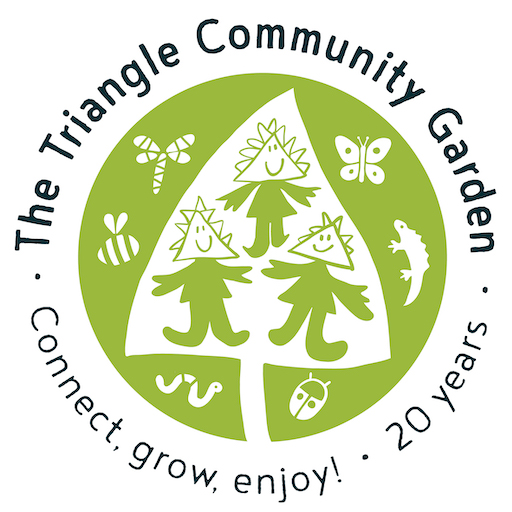This week’s blog post is from Kavita of Garden Club on the humble but versatile stinging nettle:
As a relative newcomer to British gardening I am often confused when weeding. I find myself wondering if the tiny plant with delicate flowers is a ‘weed’ that needs to come out, or a treasured plant that is finally blooming. In contrast,weeding out thuggish chest high nettles in the forest garden presented no such dilemmas. Nettles seemed like the ‘bad guys’ – smothering the surrounding shrubs and herbs. Yet, when I started finding out more about nettles, I wasn’t so sure! Here’s what I found out about one of the most prolific ‘weeds’ in the forest garden.
The stinging nettle (Urtica dioica), which has been rampant in the forest garden, is a herbaceous perennial flowering plant. The hollow stinging hairs on the leaves and stems inject chemicals that produce a stinging sensation on contact. In spite of this unappealing characteristic, it has been used for centuries for food, herbal remedies, dyes and fibres and is a magnet for wildlife.
Young nettle leaves are rich in vitamins A and C and essential minerals like iron, potassium, manganese and calcium. They are cooked like spinach in a variety of dishes across Europe including soups, pestos and savoury pastries. It was delicious in the nettle soup that we sampled at the garden club on a Friday long before lockdowns!
The fibres in nettle stems have been used to make textiles similar to linen. Textiles made of nettle fibre have been discovered at Bronze Age sites in Europe. Currently there is a renewedinterest in nettles as an eco-friendly alternativeto cotton and synthetic fibres and you can buy nettle yarn and fabric online! The roots and leaves of the nettle plant can also be used to make yellow and green dyes.
Nettles are great for wildlife too. According to the RSPB they provide a micro habitat for more than 40 kinds of insects including aphids and ladybird beetles, of which we see plenty in theforest garden. Caterpillars of the tortoiseshell and peacock butterflies as well as several moths feed on the leaves. Numerous birds and insect eaters like hedgehogs, frogs and toads are attracted by the buffet of insects found among nettles. In late summer, birds like sparrows and bullfinches feed on the seeds.
Not only do nettles attract beneficial wildlife toa garden, they can also be used as compost activators because of their high nitrogen content and to make liquid fertilizers which can supply magnesium, sulphur and iron.
My recent encounters with the nettles left me with a growing respect for the plants’ ecological and cultural significance. And the unanswered question- is it a ‘weed’?
Thank you Kavtia for this fascinating post.
